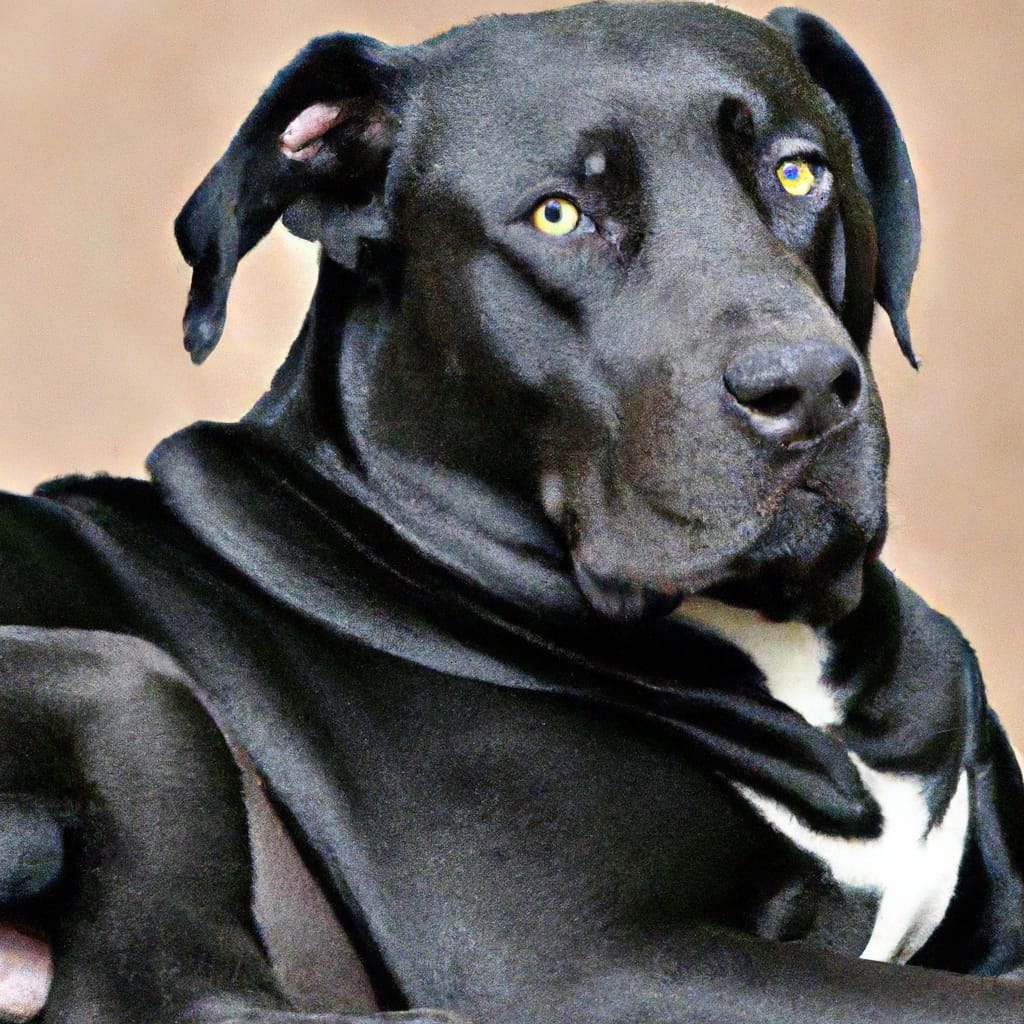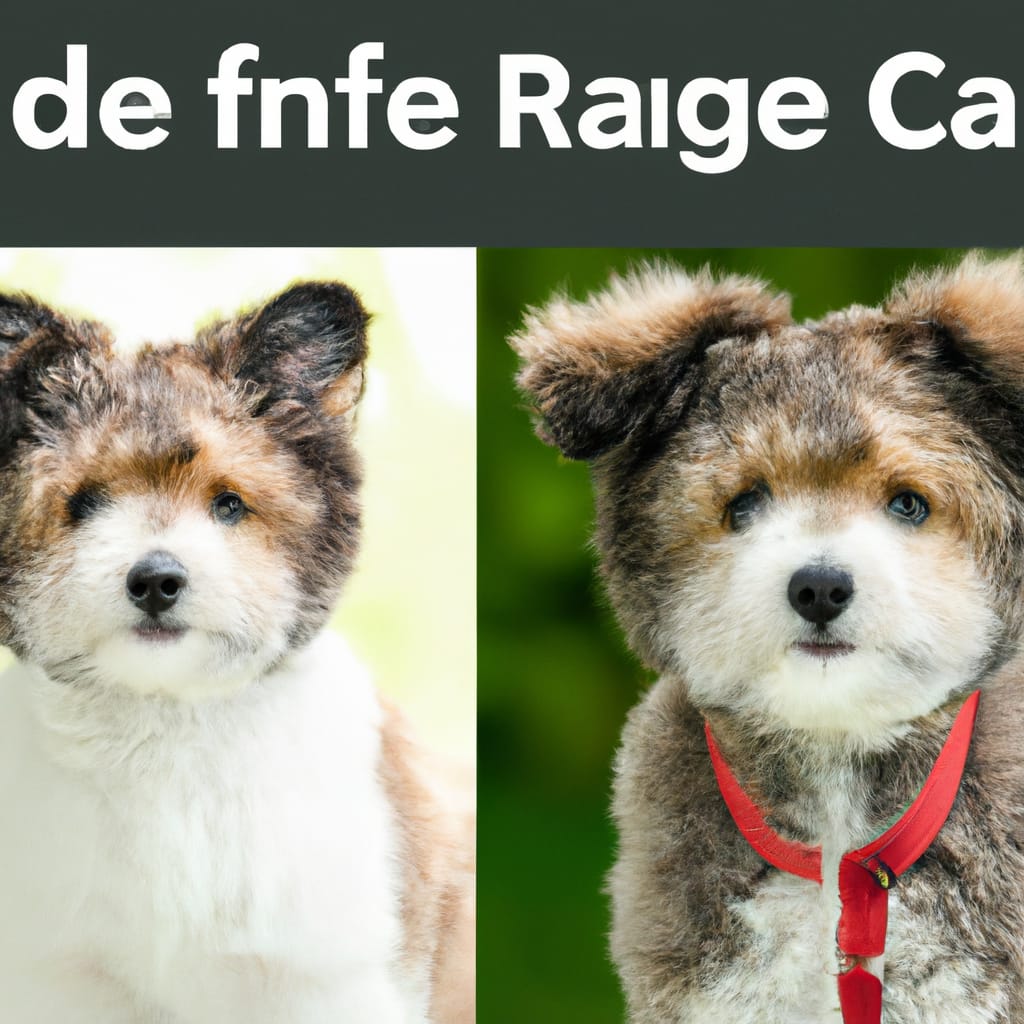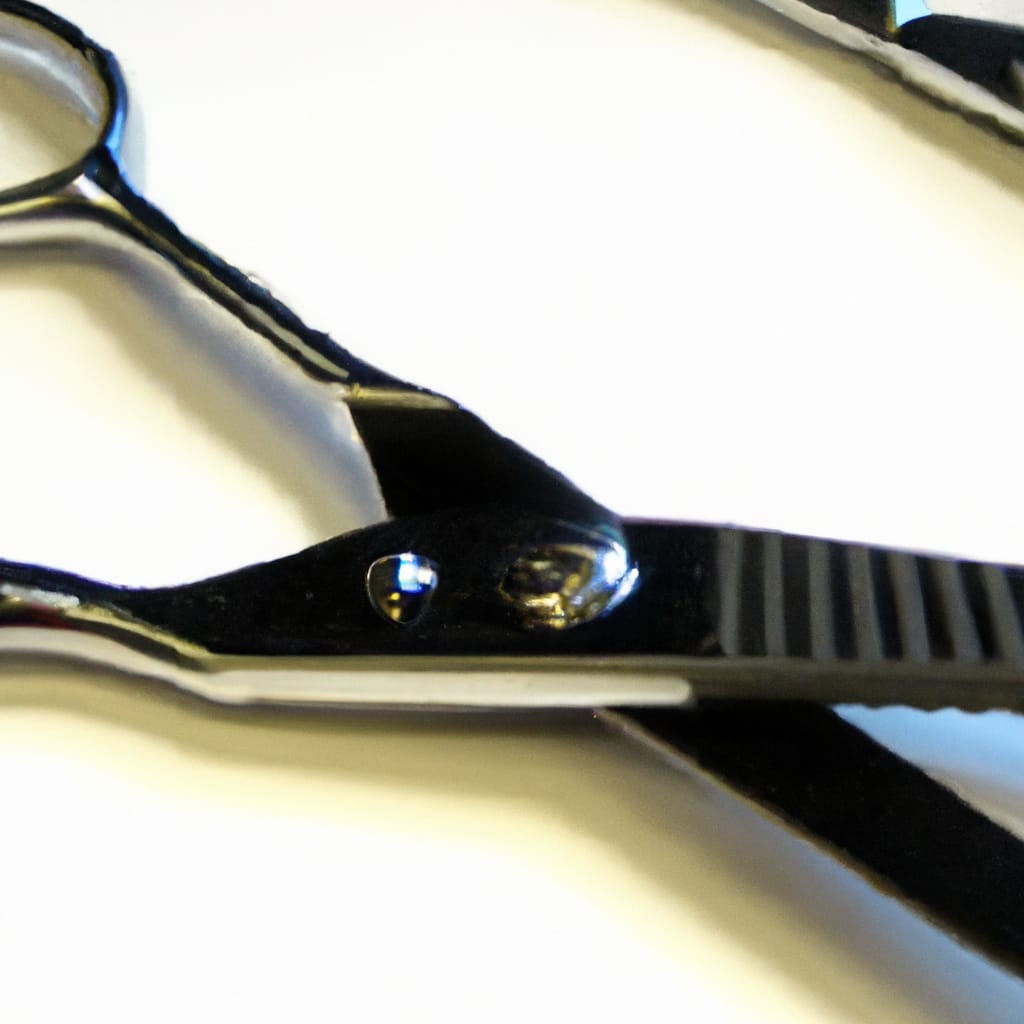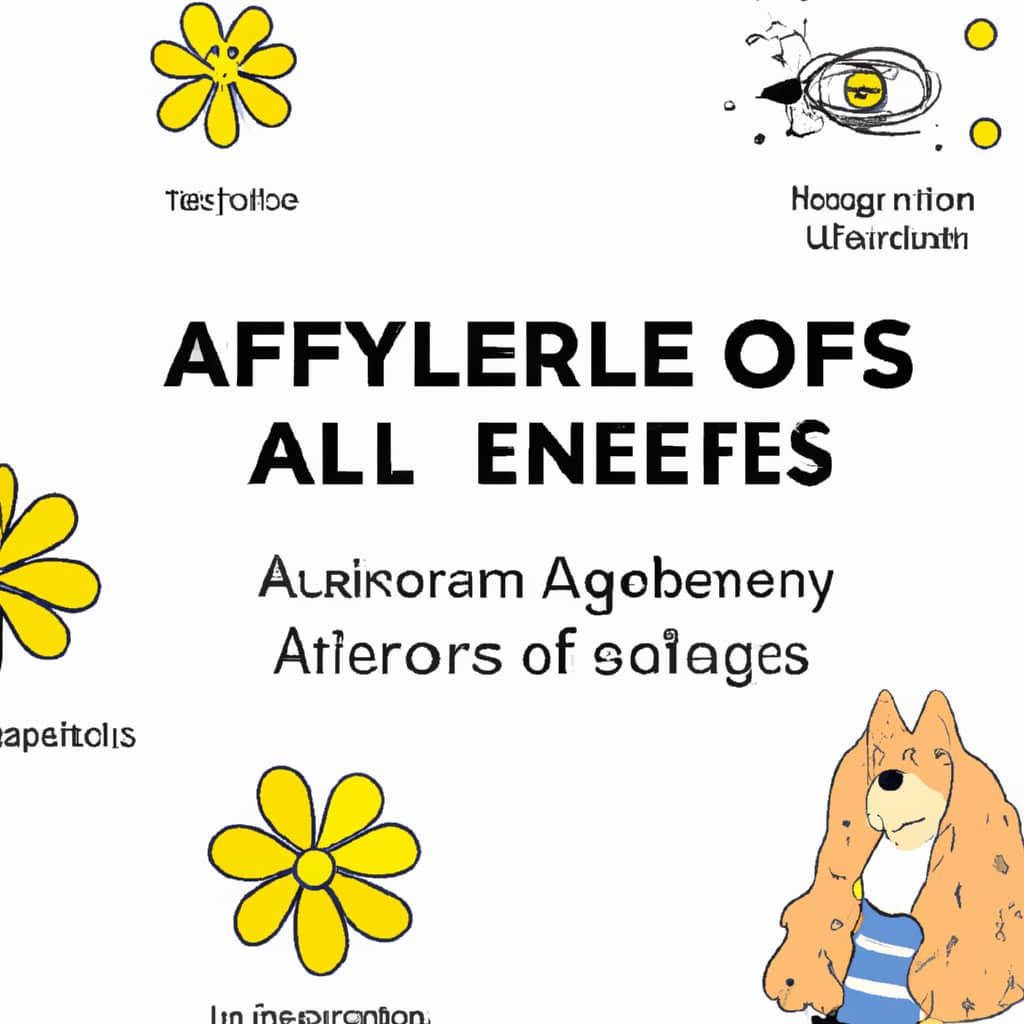Belgian Malinois Vs Doberman: Dog Breed Differences?
In the world of dog lovers, the debate between Belgian Malinois and Doberman breeds has been a topic of contention for years. Both of these magnificent breeds possess some remarkable qualities, but they have distinct characteristics that set them apart. While the Belgian Malinois is known for its keen intelligence and athleticism, the Doberman is renowned for its loyalty and protective nature. Join us as we explore the nuances of each breed and unravel the fascinating differences between these two beloved dogs.
Appearance
Physical Characteristics of Belgian Malinois
The Belgian Malinois is a medium-sized, athletic dog breed with a strong and muscular build. They have a well-balanced body and are known for their elegant yet robust appearance. They have a square-shaped head with a broad skull and a slightly tapered muzzle. Their almond-shaped eyes are usually brown in color, and their ears are triangular and erect. Belgian Malinois have a short, dense double coat that is weather-resistant, and they come in various colors, including fawn, mahogany, and black with tan markings.
Physical Characteristics of Doberman
The Doberman is a large and powerful dog breed with a compact and well-muscled body. They have a square-shaped head with a flat forehead and a strong jawline. Their eyes are almond-shaped and come in shades of brown, and their ears can be cropped or left natural, standing erect or folded forward. Dobermans have a short, shiny coat that is smooth and lies close to their body. They usually have a black coat with rust markings on their face, chest, and legs, although other color variations such as blue and fawn also exist.
Temperament and Personality
Belgian Malinois’ Temperament
Belgian Malinois are known for their high energy levels and intense drive. They are intelligent, loyal, and highly protective of their families. While they can be wary of strangers, they tend to be friendly and affectionate towards their loved ones. They are incredibly active and thrive on mental and physical stimulation. Belgian Malinois have a strong work ethic and excel in various roles, such as police dogs, search and rescue dogs, and elite sport dogs.
Doberman’s Temperament
Dobermans are often described as being highly intelligent, loyal, and courageous. They are known for their loyalty and devotion to their families and make excellent guard dogs. While they can be reserved with strangers, they are generally friendly and gentle towards their loved ones. Dobermans are highly trainable and eager to please, making them versatile working dogs. They have a strong sense of loyalty and protective instincts that make them excellent guard dogs.
Training and Socialization Differences
Both the Belgian Malinois and Doberman require early socialization and consistent training from an experienced handler. Belgian Malinois may be more intense and challenging to train due to their high energy levels, but their strong work ethic and dedication make them quick learners. Dobermans are also highly trainable but may require firm yet gentle handling to prevent any dominant behaviors from emerging.
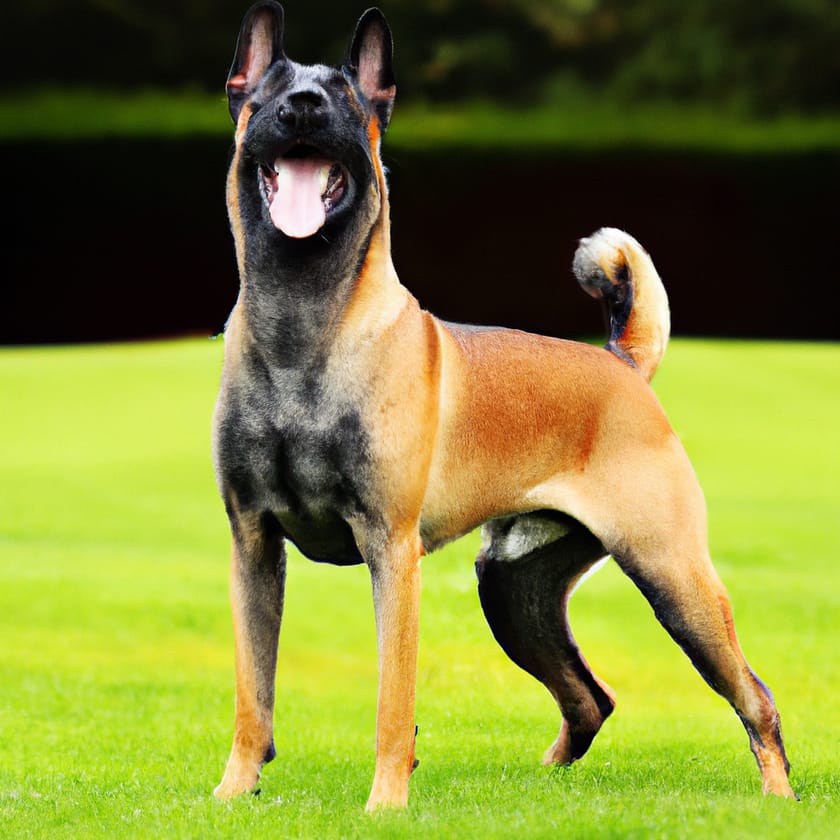
Energy Level and Exercise Needs
Belgian Malinois’ Energy Level
Belgian Malinois are known for their unmatched energy levels. They thrive on physical activity and mental stimulation. They require regular exercise to help channel their energy in a positive way. Daily long walks, vigorous play sessions, and engaging activities such as agility or obedience training are essential to keep them physically and mentally satisfied.
Doberman’s Energy Level
Dobermans have a moderate to high energy level. They need daily exercise to stay happy and healthy. Regular walks, playtime in a secure area, and mentally stimulating activities are important to ensure they receive enough physical and mental stimulation. While they may not have the same level of intensity as Belgian Malinois, they still require a dedicated owner who can provide them with regular exercise.
Exercise Requirements and Activities
Both the Belgian Malinois and Doberman require ample exercise and mental stimulation. Engaging in activities such as obedience training, agility training, hiking, and playing fetch can help meet their physical and mental needs. It is important to provide a variety of activities to prevent boredom and destructive behaviors.
Intelligence and Trainability
Belgian Malinois’ Intelligence
Belgian Malinois are highly intelligent dogs. They have a quick learning ability and excel in tasks that require problem-solving and decision-making skills. They thrive on mental stimulation and need regular training sessions to prevent boredom. Their intelligence and trainability make them well-suited for various roles, including search and rescue, police work, and competitive dog sports.
Doberman’s Intelligence
Dobermans are also highly intelligent dogs. They have a keen understanding of their surroundings and can quickly adapt to different situations. They are known for their ability to learn complex commands and tasks. Dobermans have a strong desire to please their handlers, which makes them highly trainable. Their intelligence and trainability make them successful in various working roles and competitive sports.
Trainability Differences
While both the Belgian Malinois and Doberman are intelligent and trainable breeds, the Belgian Malinois may require more consistent and structured training due to their intense drive and energy levels. They thrive in an environment with clear rules and boundaries. Dobermans, on the other hand, may require a calm and patient approach to training to prevent any fear-based behaviors. Positive reinforcement techniques work well with both breeds.
Working Dog Abilities
Both the Belgian Malinois and Doberman are exceptional working dogs. Belgian Malinois are renowned for their exceptional scent detection abilities, agility, and versatility in various working roles. They are often utilized as police dogs, search and rescue dogs, and in the military. Dobermans are also highly capable working dogs, often serving as guard dogs, service dogs, and excel in competitive obedience and protection sports.

Guarding and Protection Instincts
Belgian Malinois’ Guarding and Protection Instincts
Belgian Malinois have a strong guarding and protective instinct. They are naturally alert dogs and are always aware of their surroundings. With proper socialization and training, they can become reliable guard dogs. They have a strong loyalty towards their family and are willing to defend them if the need arises. Their protective nature requires responsible ownership and early socialization to ensure they can distinguish between real threats and harmless situations.
Doberman’s Guarding and Protection Instincts
Dobermans are known for their natural guarding instincts. They are protective of their loved ones and have a strong sense of loyalty. With proper training and socialization, Dobermans can be both vigilant and obedient, making them highly effective guard dogs. They are naturally inclined to protect their family and property and can quickly assess potential threats.
Suitability as Guard Dogs
Both the Belgian Malinois and Doberman can excel as guard dogs. Their natural protective instincts, loyalty, and intelligence make them well-suited for this role. However, their suitability as guard dogs depends on individual training, socialization, and responsible ownership. It is essential to provide proper training and guidance to ensure they can differentiate between real threats and harmless situations.
Sociability and Family Compatibility
Belgian Malinois’ Sociability
Belgian Malinois can be somewhat reserved with strangers but are generally friendly and affectionate towards their family. They form strong bonds with their loved ones and are known to be highly loyal and devoted. Early socialization is crucial to ensure they are comfortable and well-behaved around other people and animals.
Doberman’s Sociability
Dobermans are typically friendly and gentle dogs with their family members. They have a strong desire to be close to their loved ones and thrive on human companionship. With proper socialization, Dobermans can learn to be well-mannered around strangers and other animals. However, early socialization and consistent training are essential to prevent any aggressive tendencies.
Compatibility with Families and Children
Both the Belgian Malinois and Doberman can be compatible with families and children. However, due to their strong protective instincts and high energy levels, they may be better suited for families with older children who can handle their energy and understand their needs. Proper training, early socialization, and supervision are crucial to ensure a harmonious relationship between these breeds and children.
Interaction with Other Pets
Belgian Malinois and Dobermans can coexist with other pets if they are properly socialized from a young age. With early introductions and positive experiences, they can learn to accept and live harmoniously with other animals. It is important to monitor their interactions and provide supervision, especially during the initial stages of introducing them to new pets.
Health and Lifespan
Belgian Malinois’ Health Concerns
Belgian Malinois are generally a healthy breed, but like all dogs, they can be prone to certain health issues. Some of the common health concerns include hip and elbow dysplasia, progressive retinal atrophy (PRA), cataracts, and allergies. Regular veterinary check-ups and a balanced diet are important in maintaining their overall health and well-being.
Doberman’s Health Concerns
Dobermans have a few health concerns that potential owners should be aware of. They are prone to conditions such as dilated cardiomyopathy, von Willebrand’s disease, hip dysplasia, and hypothyroidism. Regular veterinary care, a nutritious diet, and exercise can help mitigate the risk of these health issues.
Average Lifespan Comparison
Belgian Malinois have an average lifespan of around 12-14 years, while Dobermans typically live between 10-12 years. It’s important to note that individual lifespan may vary depending on various factors such as genetics, diet, exercise, and overall care.
Grooming Needs
Belgian Malinois’ Grooming Needs
Belgian Malinois have a low-maintenance coat. They have a short, dense double coat that requires regular brushing to keep it healthy and remove any loose hair. Bathing should only be done as needed, as frequent bathing can strip their coat’s natural oils. Regular nail trims, dental care, and ear cleaning are also essential parts of their grooming routine.
Doberman’s Grooming Needs
Dobermans have a short and smooth coat that is easy to care for. They have minimal shedding and require regular brushing to remove any loose hair. Baths should only be given as necessary to avoid drying out their skin. Doberman’s nails should be trimmed regularly, and dental care and ear cleaning should be a part of their regular grooming routine.
Suitability for Different Lifestyles
Belgian Malinois’ Compatibility with Different Lifestyles
Belgian Malinois are best suited for active individuals or families who can provide them with ample physical exercise, mental stimulation, and consistent training. They thrive in environments where they can engage in activities such as agility, obedience, or nose work. Their high energy levels and drive make them well-suited for people who have an active lifestyle and are dedicated to meeting their needs.
Doberman’s Compatibility with Different Lifestyles
Dobermans can adapt to various lifestyles, but they are generally well-suited for individuals or families who can provide them with regular exercise, companionship, and mental stimulation. They are loyal and devoted companions and thrive on human interaction. Dobermans can adapt to living in apartments or houses as long as their exercise needs are met.
Ideal Owner Characteristics
Both the Belgian Malinois and Doberman require dedicated owners who are committed to providing them with proper training, socialization, exercise, and mental stimulation. They require confident and consistent leadership, as well as a firm yet gentle hand. Ideal owners for these breeds should be experienced, active, and able to meet their specific needs. Additionally, providing a loving and nurturing environment is essential for their overall well-being.
Popularity and Availability
Popularity of Belgian Malinois
The Belgian Malinois has gained popularity worldwide, especially in countries where they are commonly used as working dogs. Their intelligence, versatility, and loyalty have made them a preferred choice for police and military work, search and rescue operations, and competitive dog sports. However, due to their high energy levels and the need for experienced handlers, they may not be as commonly found in households as some other breeds.
Popularity of Doberman
Dobermans are a popular breed due to their striking appearance, intelligence, and loyalty. They are often admired for their protective instincts and versatility as working dogs or family companions. Dobermans are commonly found in households around the world and are recognized by various kennel clubs and organizations.
Availability
Both the Belgian Malinois and Doberman can be found through reputable breeders, rescue organizations, and shelters. Potential owners interested in these breeds should research and find responsible breeders or adoption centers that prioritize the health and well-being of their dogs. It is important to ensure that the breeder or organization has a good reputation and follows ethical practices in breeding and raising the dogs.








